Related compounds | ||
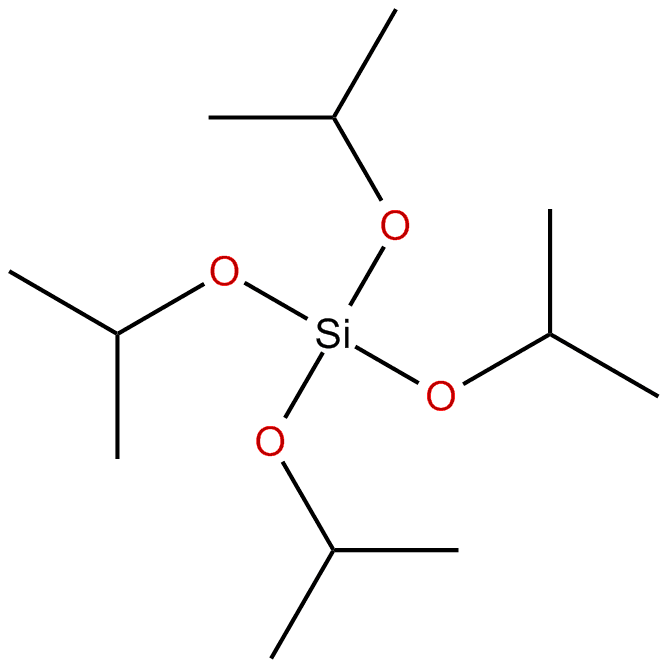 | ||
Silicic acid
Silicic acid /sɪˈlɪsɪk ˌæsɪd/ is a chemical compound. Silicic acid is the general name for a family of chemical compounds containing the element silicon attached to oxide and hydroxyl groups. This family of compounds have the general formula [SiOx(OH)4-2x]n. Some simple silicic acids have been identified, but only in very dilute aqueous solution, such as metasilicic acid (H2SiO3), orthosilicic acid (H4SiO4, pKa1=9.84, pKa2=13.2 at 25 °C), disilicic acid (H2Si2O5), and pyrosilicic acid (H6Si2O7); however in the solid state these probably condense to form polymeric silicic acids of complex structure.
Contents
- Silicic acid
- Silicea the natural element silicic acid and silica
- Chemical reactions
- Acid base reactions
- Production
- Hydration
- Laboratory synthesis
- Oceanic silicic acid
- Silicic acid in health
- References
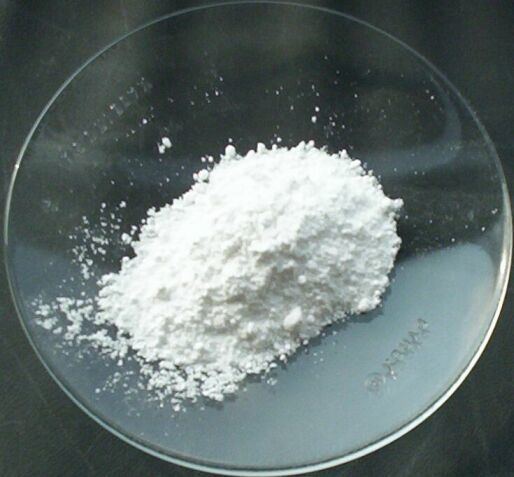
Silicea the natural element silicic acid and silica
Chemical reactions
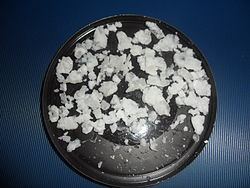
In general, silicic acid reactions are difficult to control. Partial dehydration to metasilicic acid, for example, is challenging because the reaction typically progresses all the way to silicon dioxide and water.
Acid-base reactions
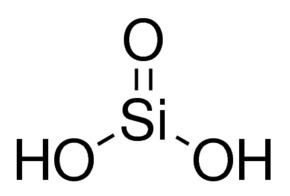
Like other silanols, silicic acid is a weak acid. It can be deprotonated in solution, the conjugate base silicate is known.
Production
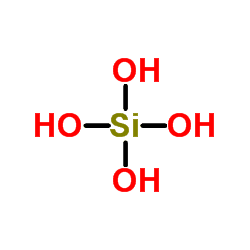
Silicic acid was discovered by Jöns Jacob Berzelius between 1810 and 1836 when studying silicon generated by his experiments. However, he failed to recognise it as distinct from silicon dioxide.
Hydration

Naturally occurring silicic acid is produced by a non-biological process called hydration involving water, and quartz, which is known to be common on Earth. The reaction producing silicic acid from quartz can be written as:
QuartzSiO2 + Water2 H
2O → Silicic acidH
4SiO
4.
If the products are left in air dry products are formed.
Laboratory synthesis
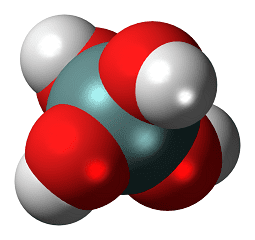
Silicic acid can be produced by the acidification of sodium silicate in aqueous solution. The main problem in using silicic acids in chemical synthesis is that silicic acids readily lose water to form randomly polymeric silica gel, a form of silicon dioxide. Such conversion involve condensations.
Oceanic silicic acid
Dissolved silica (DSi) is a term used in the field of oceanography to describe the form of water-soluble silica as silicon hydroxide which can be measured by standard analyses (e.g. Strickland and Parsons, 1972). However, the term dissolved silica excludes silicate occurring as silicate minerals, which is a class of minerals forming rings, sheets, chains, and tetrahedrons. Likewise, the term dissolved silica is different from the term silicone, which is organic polymers of silicon. There exist three different species of DSi in natural waters:
DSi (in this context silicic acid) is created near the ocean's surface, by the process of hydration. It is carried into the abyssopelagic zone by falling water in the poles. Uncontrolled build-up of silicic acid in the ocean is naturally checked – although human influence can upset this natural regulation. It is primarily removed by conversion to silicon dioxide and water. In the oceans, silicon exists primarily as orthosilicic acid (H4SiO4), and its biogeochemical cycle is regulated by the group of algae known as the diatoms. These algae polymerise the silicic acid to so-called biogenic silica, used to construct their cell walls (called frustules).
Marine diatoms transport Si(OH)4.
In the uppermost water column the surface ocean is undersaturated with respect to DSi, except for the Antarctic Circumpolar Current south of 55°S.
DSi is regenerated with increasing water depth, and DSi values increase along the conveyor belt from the Atlantic over the Indian into the Pacific Ocean.
Silicic acid in health
Continuing research of the correlation of aluminium and Alzheimer's disease has in the last few years included the use of silicic acid in beverages, due to its abilities to both reduce aluminium uptake in the digestive system as well as cause renal excretion of aluminium.
Study has shown that physiological concentration of orthosilicic acid stimulates collagen type 1 synthesis and osteoblastic differentiation in human osteoblast-like cells in vitro.
Choline-stabilized orthosilicic acid is a bioavailable nutritional supplement. It has been shown to prevent the loss of hair tensile strength, have positive effect on skin surface and skin mechanical properties, and on brittleness of hair and nails, abate brittle nail syndrome, partially prevent femoral bone loss in the aged ovariectomized rat model, increase collagen concentration in calves, and have potential beneficial effect on bone collagen formation in osteopenic females.
